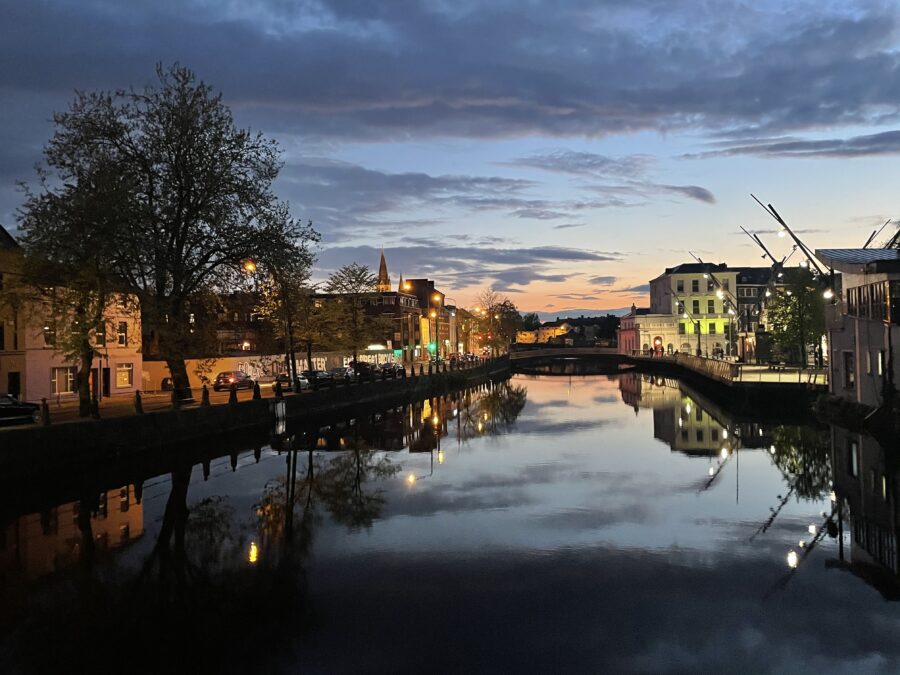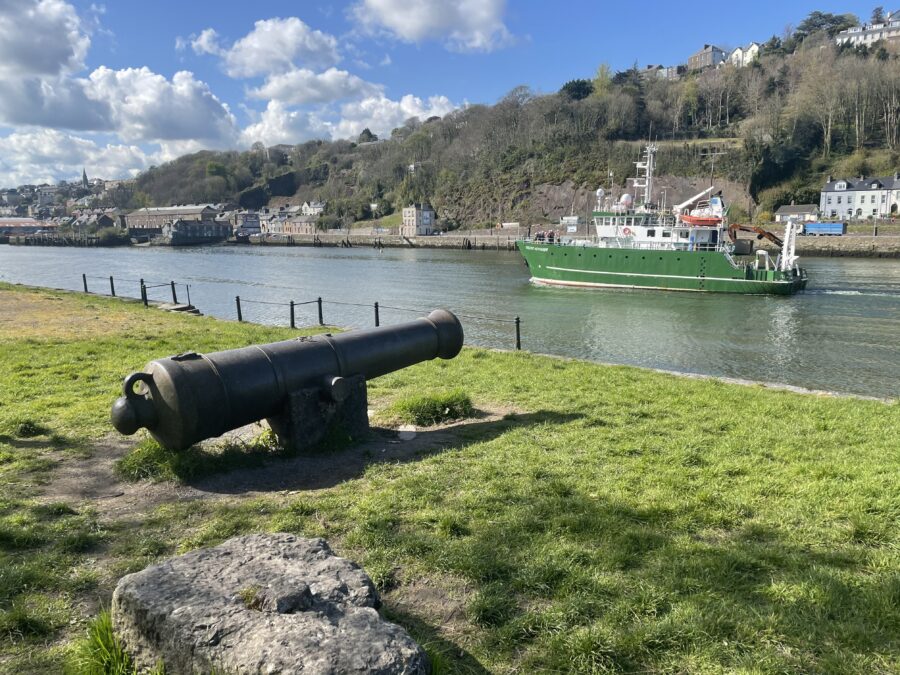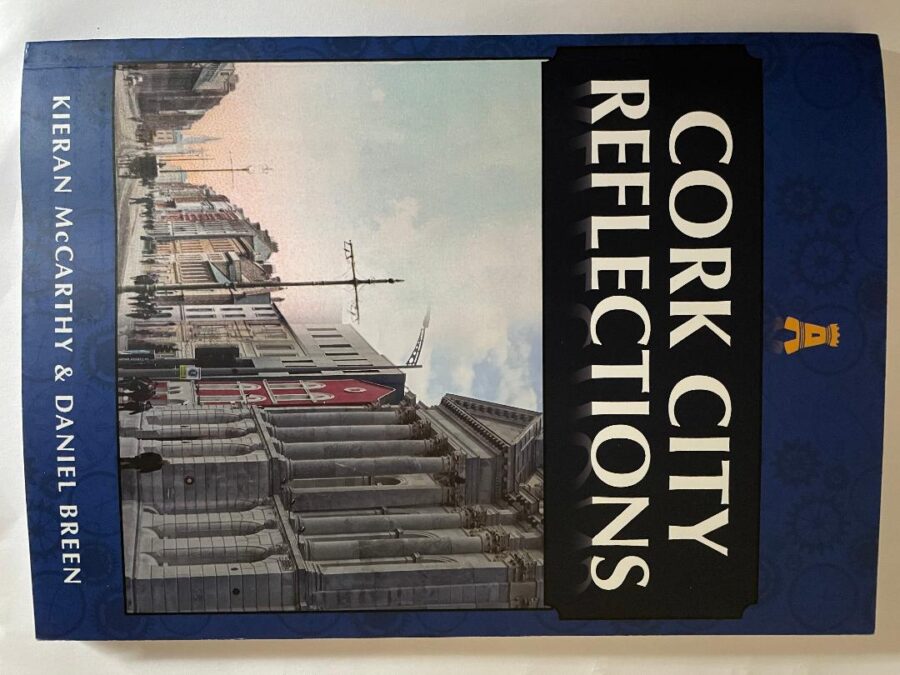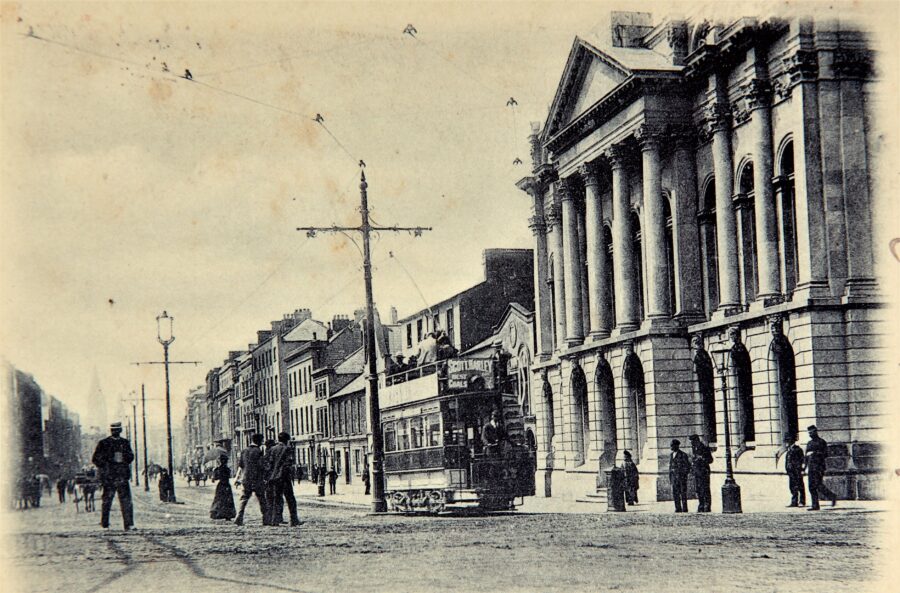
Kieran’s Our City, Our Town Article,
Cork Independent, 12 August 2021
Cork Heritage Open Day and Week Approaches
Cork Heritage Open Day and Heritage Week are looming. Cork Heritage Open Day which is organised by Cork City Council in partnership with the Heritage Council, is a wonderful celebration of the built heritage in the city. To mark the start of National Heritage Week, Cork Heritage Open Day will take place virtually on Saturday August 14.
The website www.corkheritageopenday.ie will go live on Saturday 14 August and will feature virtual guided tours of over 45 historic buildings from all over Cork City. Members of the public are allowed a glimpse of some of Cork’s most fascinating buildings ranging from the medieval to the military. The event showcases the many elements of Cork City’s rich heritage in a fun, family friendly way. The team behind the Open Day do group the buildings into general themes, Steps and Steeples, Customs and Commerce, Medieval to Modern, Saints and Scholars and Life and Learning.
These themes remind the participant to remember how our city spreads from the marsh to the undulating hills surrounding it, how layered the city’s past is, how the city has been blessed to have many scholars contributing to its development and ambition in a variety of ways, and how the way of life in Cork is intertwined with a strong sense of place.
It is always a great opportunity to explore behind some of Cork’s grandest buildings. With the past of a port city, Cork architecture is varied and much is hidden amongst the city’s narrow streets and laneways. Much of its architecture is also inspired by international styles – the British style of artwork pervading in most cases – but it’s always pays to look up in Cork and marvel at the Amsterdamesque-style of our eighteenth century structures on streets such as Oliver Plunkett Street or at the gorgeous tall spires of the city’s nineteenth-century churches.
For my part I am involved in a short film on the history of Cork City Hall. Cork has had a number of City Hall sites through the ages but none as grand as the present one. In the age of the Anglo Norman walled town and eighteenth century, civic business was conducted in King’s Castle. Business was also conducted in Cork City Courthouse for a time in the nineteenth century. In 1883, it was decided by a number of Cork businessmen that the Corn Exchange should be converted into an exhibition centre, a centre, which in 1892 became Cork’s City Hall. In December 1920, the premises were burned down by fires attributed to the Black and Tans as retribution for republican attacks. A new City Hall by architects Jones and Kelly was subsequently built. The limestone like for so many of Cork’s buildings is from nearby Little Island. The foundation stone of Cork City Hall was laid by Éamon de Valera on 9 July 1932.
Sites that also appear on the online Cork Heritage Open Day are Riverstown House in Glanmire, the Quaker Meeting House and Graveyard, The Maryborough Hotel, Cork Opera House, The Courthouse on Washington Street, Ballincollig Gunpowder Mills, Blarney Castle, Cork City Hall, Cork Savings Bank, St Luke’s Church and the Military Museum in Collins Barracks.
The virtual one stop shop www.corkheritageopenday.ie celebrates various Cork Communities who through interviews, video and imagery tell their story. For example, check out:
- Memories of a Cork Jewish Childhood, which has been produced by Ruti Lachs and sees former Cork residents remember their childhoods in Ireland, their Jewish upbringing, the synagogue and the characters. Interspersed with photos from the last hundred years of life in Jewish Cork, these stories paint a picture of a time and community gone by.
- Anne Twomey from the Shandon Area History Group speaks about Emma Hourigan, an extraordinary woman from the Maddens Buildings in Cork who played a central role in the Irish Revolution 1916-1923.
- Biddy McDonagh and Jean O’Donovan from the Traveller Visibility Group discuss their language Gammon and Cant and the tradition of the Beady Pockets in the Traveller Community.
- Jim Fahy speaks about the language of the Stone Masons “Bearlager na Saor”.
- Valerie Power, Breda Scanlon and Suzanne Dineen pay tribute to the Shawlies in Cork.
- Historian Michael Lenihan uses historic postcards to show how Cork has changed in the past 100 years.
For the first time, Cork Heritage Open Day, celebrates the natural heritage of Cork and members of the public can enjoy a wonderful guided tour of the Mangala in Douglas with William O’Halloran and a fascinating insight into the Glen River Park with Julie Forrester and Gerard O’Brien. For those wishing to test their knowledge of the streets, bridges and buildings in Cork, historian Liam O’hÚigín has created a special quiz for Cork Heritage Open Day!
Heritage Open Day is usually the start of weeklong heritage week events in Cork. For the second year in a row, physical events have been curtailed. My own historical walking tours remain ‘off the road’ at present. I have written up over fifteen of my tours complete with pictures and some very short films and put them in a new section on my website www.corkheritage.ie.
In addition on the website I have partnered with Meitheal Mara and Joya Kuin in putting together two audio heritage trails. The first is on the various historic sites down The Marina and this came out in early June. Our Heritage Week Audio Heritage Trail is on the 31 bridges of Cork. Start at South Gate Bridge and make your way anti-clockwise around the South Channel and North Channel of the River Lee. All you need is a smart phone and a set of head phones!
Captions:
1112a. Upstream view of the south channel of the River from Cork’s Parliament Bridge on a recent sunset; Discover the story of the city’s bridges and some of the rich local history on Kieran’s new audio heritage trail on the history trails section at www.corkheritage.ie.
1112b. Canon from the Siege of Sevastopol, 1854-55 on The Marina, Cork, present day; Discover the story of The Marina and its rich local history on Kieran’s new audio heritage trail on the history trails section at www.corkheritage.ie.


